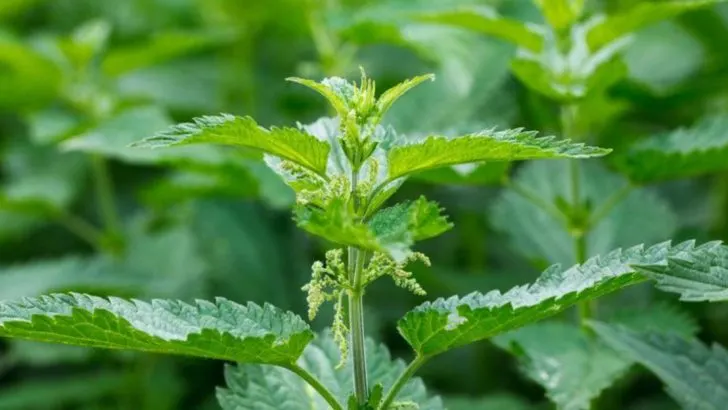Not all weeds are unwanted! In fact, many common garden intruders are actually nutritious, flavorful, and entirely edible. These wild plants often grow with little to no care and can be harvested and prepared just like your favorite vegetables and herbs.
From the peppery bite of purslane to the lemony zing of wood sorrel, these edible weeds are rich in vitamins, minerals, and antioxidants. Some even have medicinal properties or can be used in teas, salads, soups, and sautés. The best part? They’re free, resilient, and often more nutrient-dense than cultivated greens.
Discover 18 edible weeds hiding in plain sight that you can safely harvest and enjoy—right from your backyard or neighborhood!
Dandelion
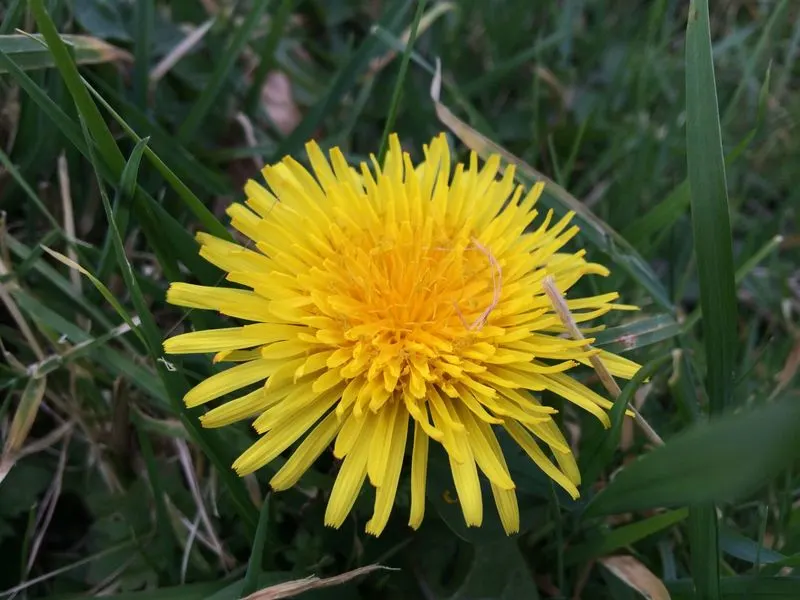
Often seen as the lawn’s stubborn intruder, dandelions surprise many with their culinary versatility. The young leaves, slightly bitter, make a delightful addition to salads. For those who enjoy a hint of earthiness, sautéing these greens with garlic is a treat. The golden blossoms can also be transformed into sweet syrups or wine, adding a unique touch to your pantry. Dandelions are truly a gardener’s secret ally, offering both beauty and sustenance.
Chickweed
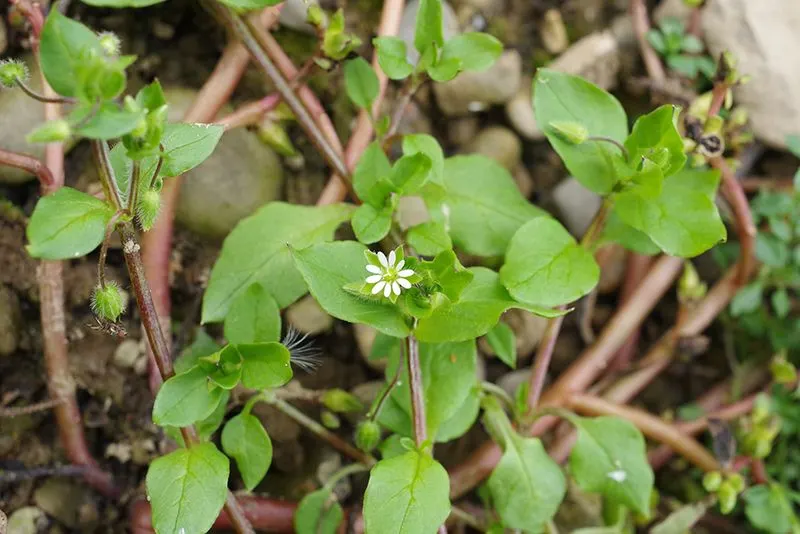
With its delicate, starry flowers, chickweed is a charming yet underestimated weed. This plant thrives in cool, shady spots, often found weaving through garden beds. Its mild, spinach-like flavor makes it a fantastic addition to salads or a nutritious garnish for soups. Rich in vitamins and minerals, chickweed is a powerhouse of nutrition. Many herbalists also value it for its soothing medicinal properties, making it a worthwhile addition to any forager’s collection.
Purslane

Purslane stands out with its succulent-like leaves and slight citrusy taste. Often found peeking through sidewalk cracks, this resilient plant is more than meets the eye. Its crunchy texture makes it ideal for fresh salads or as a topping for tacos. Loaded with omega-3 fatty acids, purslane is as nutritious as it is tasty. Some cultures even pickle it, adding a tangy twist to their culinary repertoire. Purslane’s adaptability is a testament to its hardiness.
Lamb’s Quarters

Lamb’s quarters, often mistaken for spinach due to its similar taste, is a garden treasure. This weed’s leaves have a distinctive frosted appearance, adding a touch of elegance to any dish. Whether steamed, sautéed, or used in soups, it offers a delightful, nutty flavor. Nutrient-rich and easy to grow, lamb’s quarters is a favorite among foragers. Its resilience and adaptability make it a welcome guest in any garden, providing both taste and nutrition.
Nettle
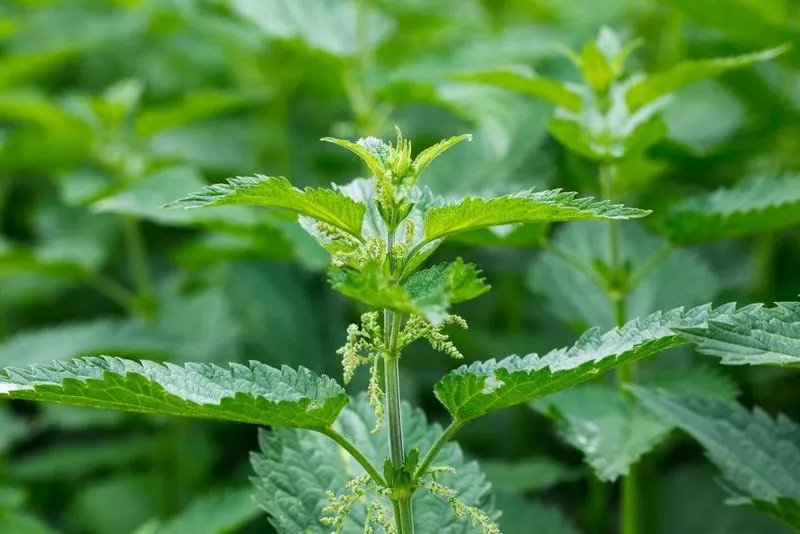
Prickly to the touch, nettles might seem like an unlikely culinary candidate. However, once cooked, their sting vanishes, revealing a flavor reminiscent of spinach. Perfect for soups, stews, or even nettle tea, this plant is a nutritional powerhouse. Rich in iron and vitamins, nettles are valued for their health benefits as much as their taste. When harvesting, gloves are essential to avoid their sting, but the effort is worth the rewards they bring.
Plantain
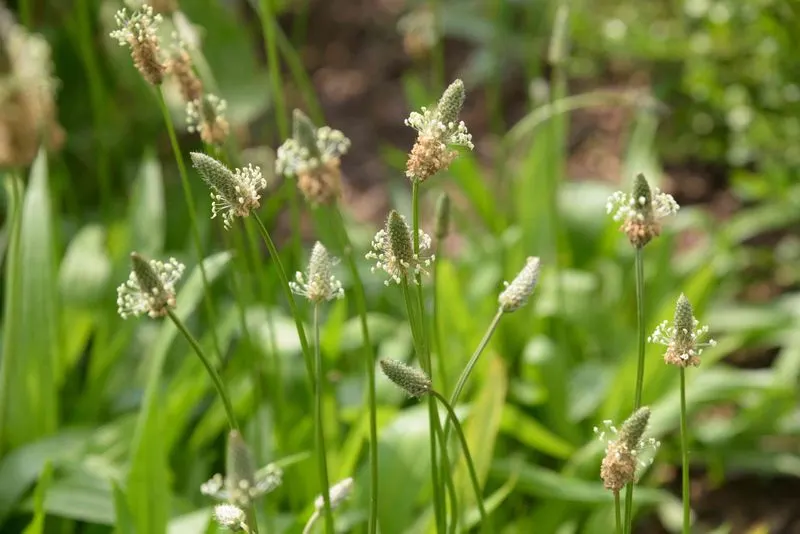
Overlooked by many, plantain is a versatile weed that often grows unnoticed underfoot. With broad, ribbed leaves, it provides a mild, spinach-like flavor. Ideal for salads or as a cooked green, plantain is both nutritious and easy to find. Its seeds can be ground into flour, offering a gluten-free alternative. Beyond the kitchen, plantain leaves are used in herbal remedies, renowned for their soothing properties. This weed is a true urban survivor, thriving in unexpected places.
Sheep Sorrel

Famed for its tangy, lemony taste, sheep sorrel is a delightful addition to any culinary creation. The arrow-shaped leaves add a burst of flavor to salads or serve as a zesty garnish. Rich in vitamins, this weed is both tasty and nutritious, making it a favorite in many dishes. Sheep sorrel thrives in open fields and gardens, making it easily accessible. Its unique flavor profile is sure to intrigue any adventurous palate, inviting creativity in the kitchen.
Clover
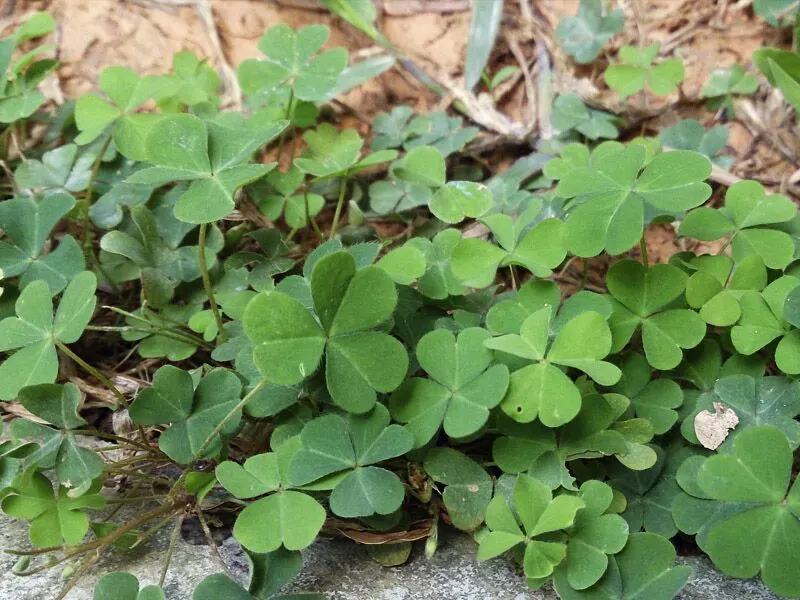
Commonly associated with luck, clover is more than just a symbol. Its trifoliate leaves offer a mild, earthy flavor that complements many dishes. Add clover to salads for a touch of nature or brew its blossoms into a calming tea. Aside from its culinary uses, clover enriches the soil with nitrogen, benefiting other plants. A true friend to gardeners, clover embodies the spirit of harmony between nature and nourishment.
Wild Amaranth
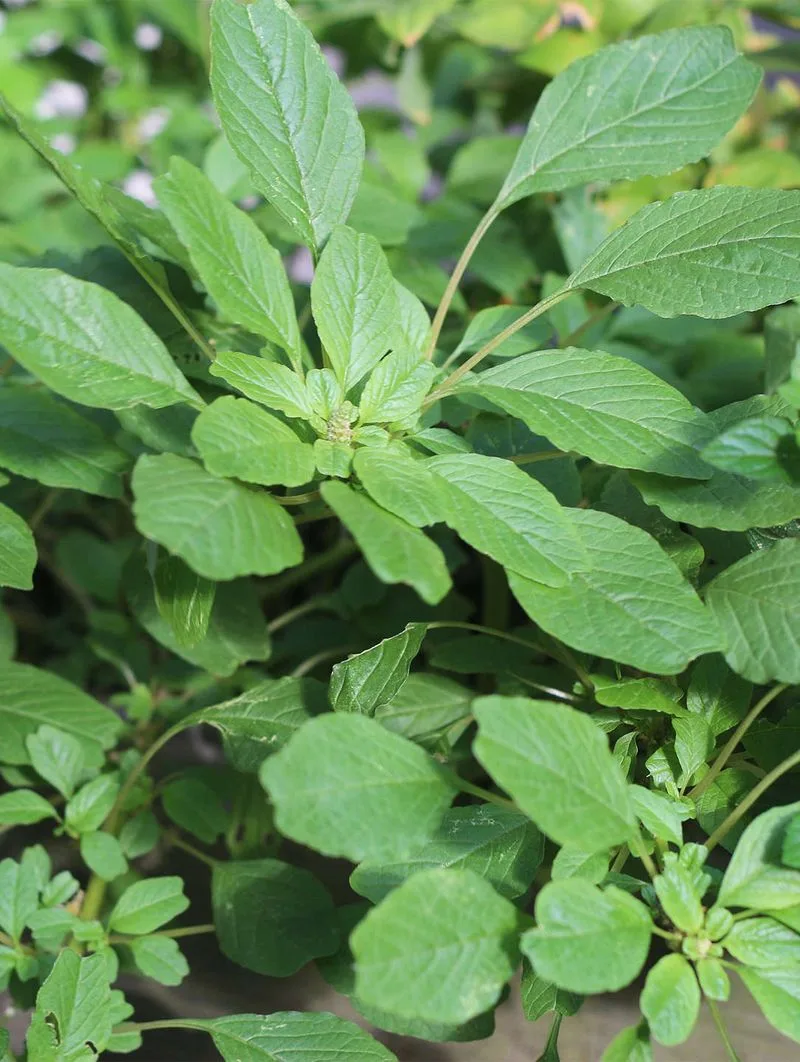
This vibrant weed, often overlooked, boasts a rich history as a staple food. Wild amaranth leaves, tender and flavorful, are perfect for salads or stir-fries. The seeds can be cooked like quinoa, offering a hearty grain alternative. Nutritionally dense, amaranth is packed with protein and essential nutrients. Its adaptability to various climates makes it a reliable resource. Embrace this ancient plant, and discover the culinary potential it holds within its colorful foliage.
Wood Sorrel
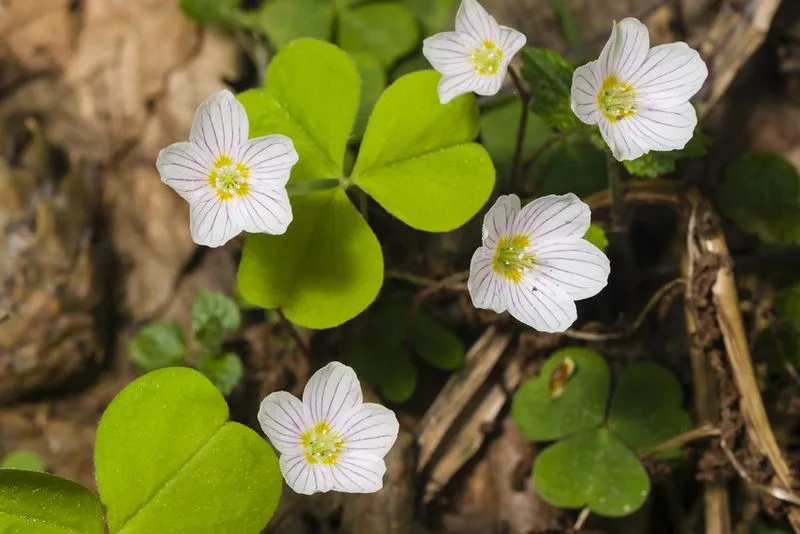
With leaves resembling tiny shamrocks, wood sorrel is a delightful find. Its tart, citrusy flavor is a refreshing addition to salads and beverages. This plant’s cheerful yellow flowers add a pop of color to any dish. Beyond its taste, wood sorrel holds historical significance, once used in traditional remedies. Easy to recognize and harvest, it offers both visual and culinary appeal. A walk in the woods might just lead you to this charming, edible treat.
Wild Garlic
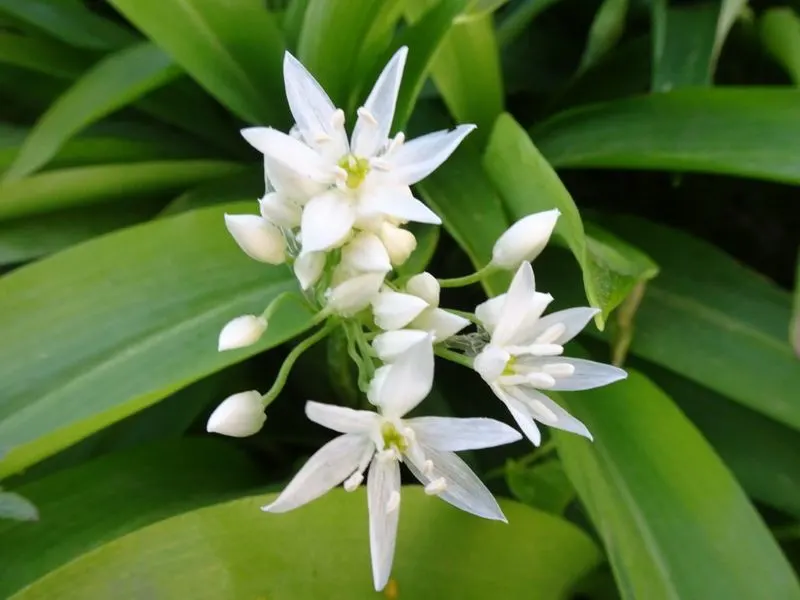
Wild garlic, with its unmistakable aroma, transforms any dish into a gourmet experience. The slender leaves and delicate flowers offer a mild garlic flavor, perfect for pestos or as a seasoning. Harvesting these plants is a sensory delight, with their fragrance filling the air. Rich in antioxidants, wild garlic provides both taste and health benefits. Foraging for this plant in the woods adds an adventurous twist to your culinary pursuits.
Violet
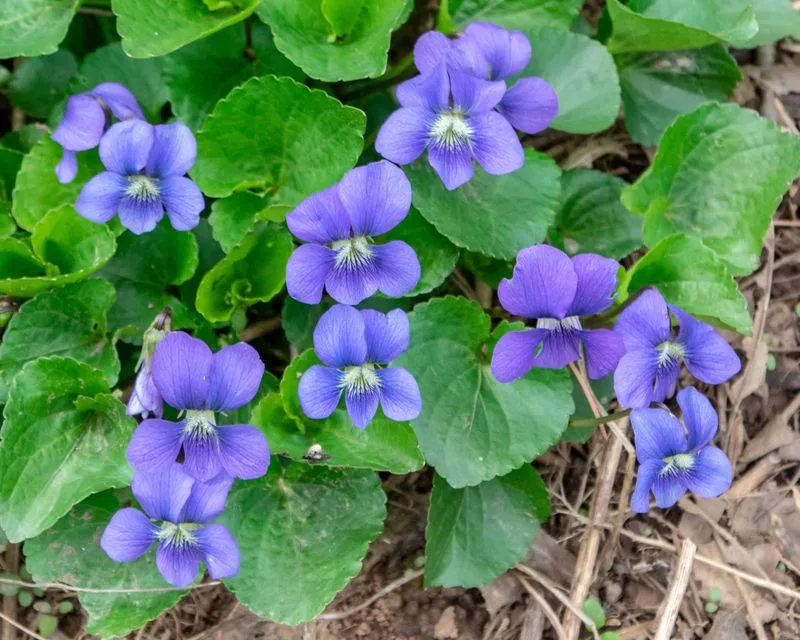
These delicate flowers are more than just pretty faces in the garden. Violet leaves and blossoms bring a sweet, floral note to salads and desserts. The heart-shaped leaves are tender and versatile, allowing for creative culinary uses. Beyond the table, violets have been used in traditional medicines and cosmetics. Their vibrant color and gentle fragrance uplift any dish or garden, creating a feast for the senses. Embrace the beauty of violets in your edible landscape.
Garlic Mustard
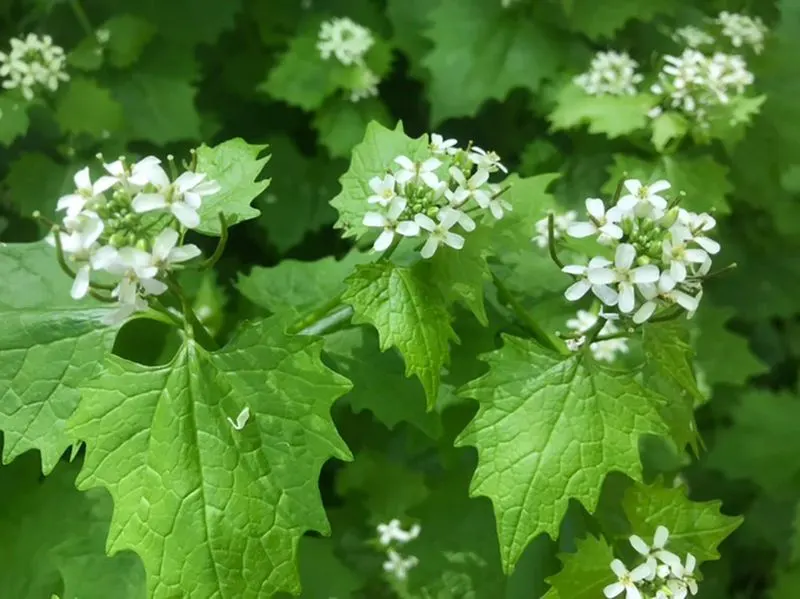
Known for its pungent aroma, garlic mustard offers a bold flavor to any dish. Its leaves, with a hint of garlic and mustard, are ideal for salads, pestos, or sauces. This weed’s invasiveness makes it a target for removal, yet it provides culinary opportunities. Rich in vitamins, garlic mustard is both a flavorful and healthful addition. Embracing this plant in the kitchen helps manage its spread while adding zest to your meals.
Burdock
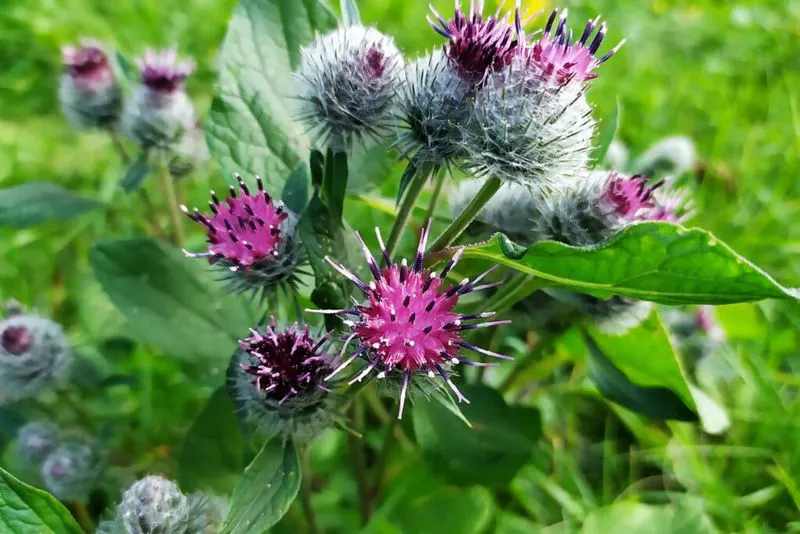
Burdock is renowned for its long taproot, a staple in many Asian cuisines. Its leaves, though slightly bitter, are also edible and can be used in soups or stews. The root’s earthy flavor pairs well with savory dishes, offering a unique taste experience. This hardy weed thrives in diverse environments, symbolizing resilience. Beyond its culinary uses, burdock has a history in herbal medicine. Discover the depth of flavor and history within this unassuming plant.
Curly Dock
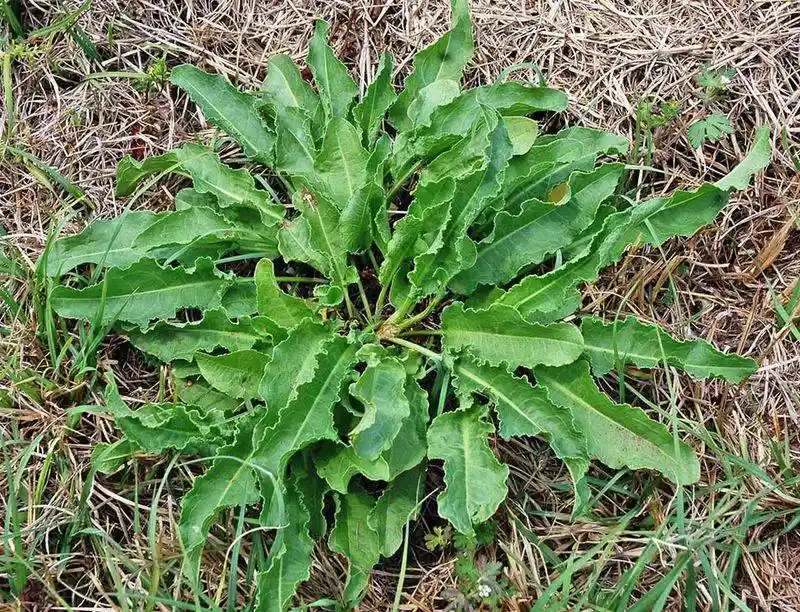
Curly dock, with its wavy leaves, finds its way into many a forager’s basket. The young leaves, tart and tangy, are best enjoyed cooked to mellow their bite. Rich in iron and vitamins, this plant is as nutritious as it is versatile. Often found in fields and roadsides, curly dock offers more than meets the eye. Its seeds can be ground into flour, adding a rustic touch to baking endeavors. This humble weed deserves a place at the table.
Queen Anne’s Lace
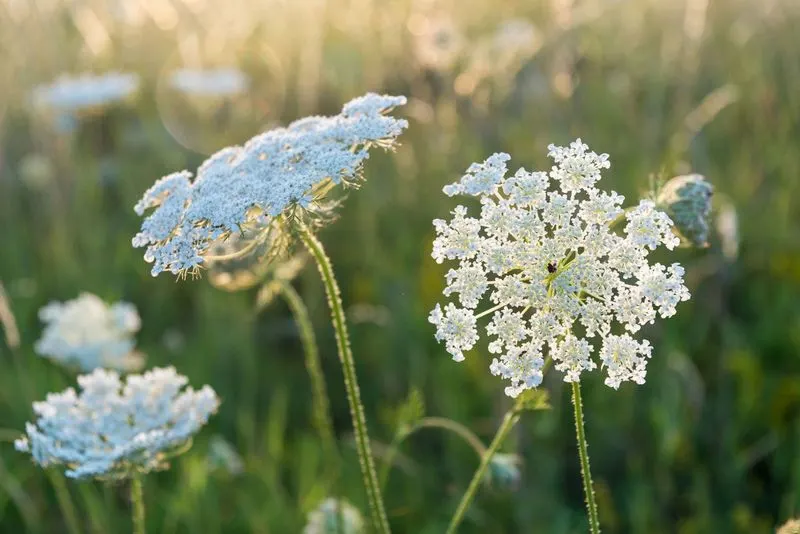
Queen Anne’s Lace, also known as wild carrot, is a delicate and intricate flower. Its roots, albeit smaller than cultivated carrots, offer a subtle sweetness. The blossoms can be used for garnishing, adding an elegant touch to dishes. This weed’s resemblance to domesticated carrots is unmistakable, yet it holds its own charm. Be mindful when foraging, as it has toxic lookalikes. This plant adds historical intrigue and flavor to any edible collection.
Creeping Charlie

Creeping Charlie, with its scalloped leaves, often carpets gardens and lawns. Its mild minty flavor makes it an unexpected addition to teas and salads. Known for its ground-covering prowess, this weed is both a challenge and a culinary asset. Historically, it was used in brewing and as a herbal remedy. Embrace the unique taste of Creeping Charlie and find joy in its culinary possibilities. This tenacious plant might just become your new favorite forager’s find.
Mallow
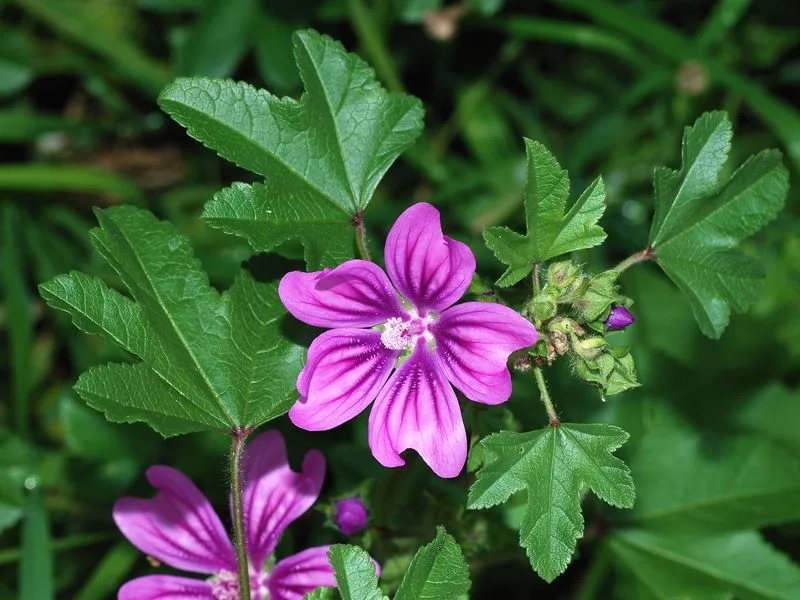
Mallow plants are treasured for their soothing properties and culinary versatility. The leaves, soft and tender, can be eaten raw or cooked, adding a subtle flavor to dishes. Mallow flowers add a decorative touch, enhancing visual appeal. This plant’s mucilaginous texture is perfect for thickening soups or stews. Known for its gentle nature, mallow finds a place in both gardens and kitchens alike. Enjoy the comfort and delight it brings to your culinary creations.

